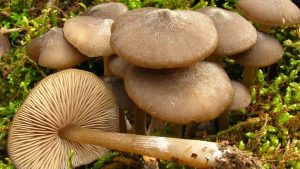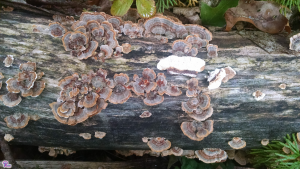#064: Endangered Fungal Species
We normally think of fungi as magical organisms that appear out of nowhere and resist all our attempts to get rid of them. Despite their mysterious nature, fungi are not impervious to environmental change. The IUCN Red List currently contains five fungal species, ranging in threat assessment from vulnerable to critically endangered. Given that there are an estimated 1.5 to 5 million fungal species worldwide, this may seem like good news for fungi. However, I suspect that the low numbers of endangered fungi are due to the fact that it is almost impossible for us to monitor fungal populations. Most fungi are only visible when they produce mushrooms and may not be found in the same place every year. This makes it extremely difficult to track fungi over time by sight. A new alternative is to test a soil sample for the presence of specific fungal genes. This method, however,...







![#011: Characteristics of Kingdom Fungi [Archived]](https://www.fungusfactfriday.com/wp-content/themes/hueman/assets/front/img/thumb-small-empty.png)


